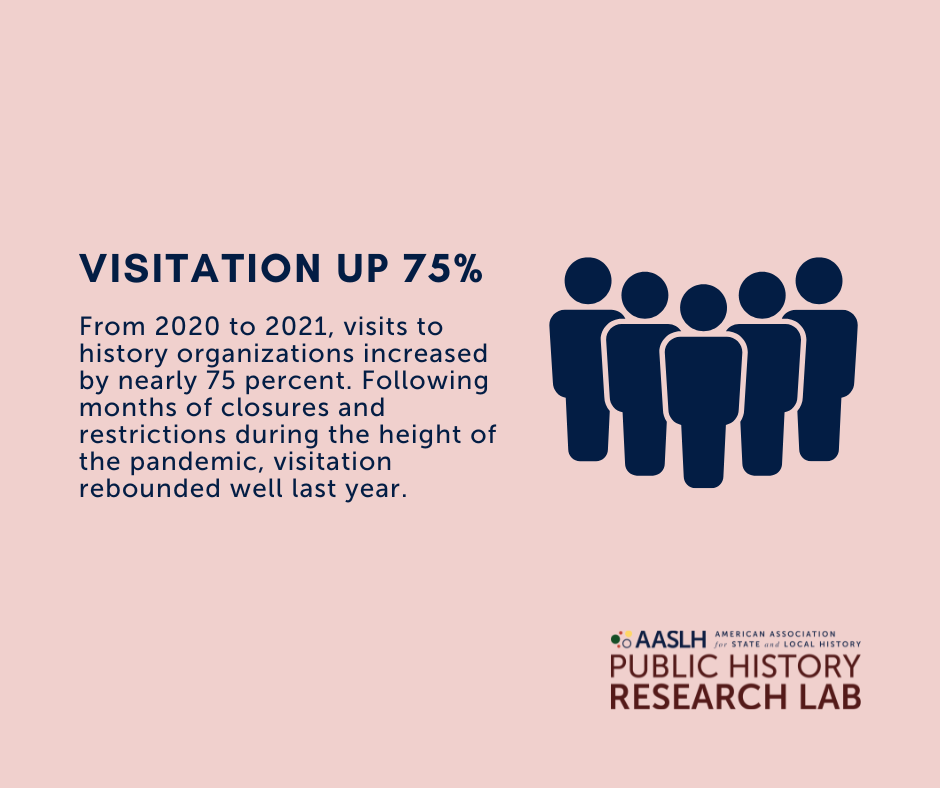
Image by Queens of Vintage
At AASLH, we don’t like to reinvent the wheel. We are constantly looking back through History News, Technical Leaflets, and old promotional materials to remember and rediscover all that the association has done over the last 76 years. Yesterday, we came across a 1967 Technical Leaflet called “Reaching Your Public: The Historical Society Newsletter.” To our surprise, much of the advice given in this newsletter how-to is just as appropriate for history organizations on social media. It starts with this timeless challenge:
A question that historical agencies in increasing numbers are asking themselves is: How do we communicate with our membership and with the public, so that our work can be better known and more readily appreciated?
It is fortunate that there is a current interest in the need for telling our story more fully, since a problem is already half solved when we become aware that it exists. And we must admit that many historical societies have not given their best attention to informing their entire membership—to say nothing of the general public—of program, activities, and goals.
The way we communicate as organizations has changed considerably in the last sixty years, but the underlying need to engage our audience with “dynamic, moving, [and] inspiring” content persists. History organizations are still doing great work, but many still struggle to communicate the value of their work (and their passion for that work) to the public. In Charlotte S. Derby’s Technical Leaflet, she advises the reader to try out the latest techniques for crafting an engaging newsletter. Just publishing an annual report is not enough, she says; you have communicate well and regularly.

Today, you aren’t limited to print or even your own mailing list. Social media gives cultural organizations a way to reach and engage with almost any target audience. In 2016, the Pew Research Center found that 68% of adults in the US are on Facebook. That’s 3% more than in 2015, and only looking at one of the major social platforms. Social media is now the easiest way for your to expand your audience, and not just among younger demographics: 52% of adults 65 and older who use the internet are on Facebook. Social media is where the people are, where your people are.
I know the mandate to suddenly become social media marketers can be intimidating. To quote the leaflet again: “If the ideas of ‘projecting your public image,’ and introducing a dash of pizzazz to do it, seem foreign to the conservative historical society, be comforted.”
As museum and public history professionals, you already have the tools and mindsets you need to creatively use social media. It’s just a matter of applying your passion, expertise, and creativity to this new technology and always remembering that public awareness and engagement with your work is not optional. Mrs. Derby noted in 1967 that “attractive presentation of our work can indeed be considered essential to our survival,” and that is only more true in 2017.
If you aren’t sure where to start, begin with Charlotte Derby’s criteria for a good newsletter writer, which are the same skills needed to tell compelling stories on social media:
- Can write well in a simple style
- Understands the need for brevity
- Understands the work of the society
- Can evaluate the work to give proper publicity priority
If you want more contemporary advice, download the recording of AASLH’s recent webinar on Social Media 101.
And since the January 1967 Technical Leaflet was accompanied by a promotion for an AASLH workshop on the same subject, it’s only fitting that I use this blog post to promote our upcoming summer marketing series, which will feature a webinar on creating a marketing plan and one each on Facebook, Twitter, and Instagram for museums and historic sites. Keep an eye on our Event Calendar or subscribe to our events on Facebook so you don’t miss them.



